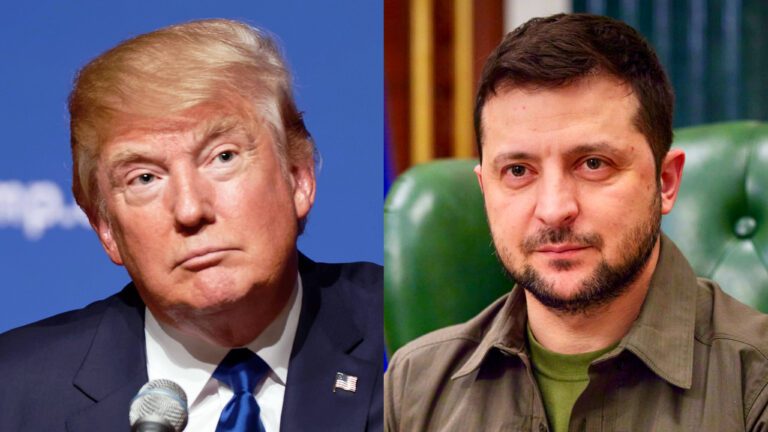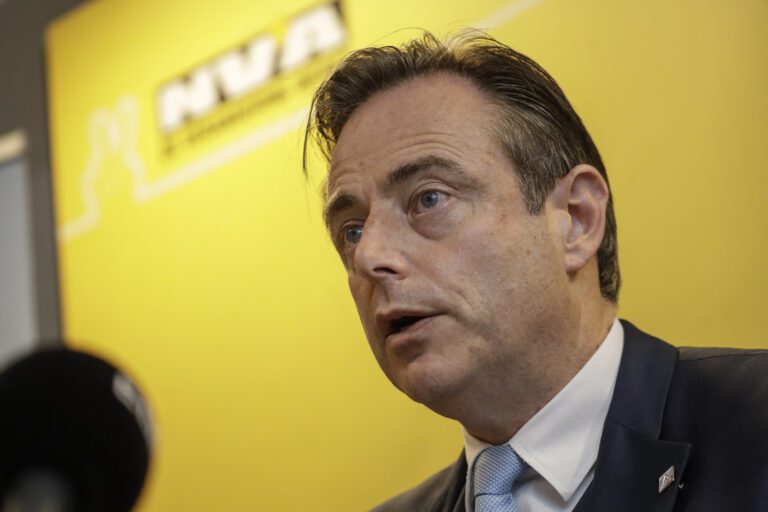The peace talks initiated by U.S. President Donald Trump with his Russian and Ukrainian counterparts present a radically different scenario from what European bureaucrats and NATO leaders have pledged over the past three years. Ukraine will not achieve a decisive victory, the country will likely fragment into multiple parts, and Europe is not even considered when negotiating the conditions.
The war in Ukraine has proven to be a conflict with an extremely high human and economic cost, with millions of casualties. At the same time, more than 200 billion euros have flowed from U.S. and European coffers to Kyiv, ultimately returning in the form of multi-billion-dollar contracts for various sectors, especially defense.
Since the beginning of the Russian invasion in 2022, Western countries have allocated colossal sums to sustain Ukraine’s war effort, without a clear strategy for achieving peace. With the change of administration in Washington, Europe will be left to its own devices, vulnerable after compromising its economic and energy stability in the conflict.
The war has not only depleted European arsenals but also diverted resources and materials necessary for continental defense, particularly along the southern border, which remains exposed to massive illegal immigration. Worse still, the destruction of the Nord Stream pipelines has triggered an energy and economic crisis that continues to affect all of Europe.
The agreement signed in May 2023 between Ukrainian President Volodymyr Zelensky and BlackRock CEO Larry Fink for creating the Ukraine Development Fund (UDF) reinforces the idea that the country’s reconstruction will be a huge business opportunity for major investment funds. This raises doubts about the true nature of Western aid: has it been a humanitarian effort and a defense of Ukrainian sovereignty, or simply a massive transfer of wealth to financial elites and the arms industry?
The stance of the new Trump administration represents a radical change of course. As Defense Secretary Pete Hegseth stated on February 12th in Brussels during a NATO meeting, Ukraine’s goals of reclaiming its 2014 borders and joining NATO are “unrealistic” and will only prolong the conflict. Washington now advocates a diplomatic solution involving territorial concessions and the establishment of alternative security guarantees. In other words, the U.S. seeks to exit a conflict that has become a resource sinkhole, leaving Europe as the primary financier of Ukraine’s war effort.
Trump has clarified that his priority is the Pacific region and containing China, demanding that Europe take the lead in its own defense. He does not intend to send U.S. troops to Ukraine or guarantee the country’s security under NATO’s umbrella. This leaves the door open for a negotiated peace on terms more favorable to Russia—something Ukraine and its European allies will struggle to accept. To sum up: the Ukrainians were misled and pushed into a war they could not win, and even if they did, they would never be accepted into the Atlantic club.
The peace talks promoted by Trump, including a possible meeting with Putin in Saudi Arabia, indicate that the U.S. seeks to resolve the conflict quickly and pragmatically, without genuinely considering Kyiv and the European Union’s interests. Although Zelensky continues to attempt to maintain a firm stance, even offering a territorial exchange with Russia, the reality is that Ukraine faces a dilemma: accept a peace deal that does not guarantee its territorial integrity, or continue fighting without the full support of its primary ally.
The Europeans, for their part, have reacted with apprehension. Foreign ministers from countries such as France, Germany, and Poland insisted on the same day as the Brussels meeting that any agreement must include the active participation of Kyiv and Europe, stressing that the continent’s security is at stake. However, the reality is that without Washington’s backing, Europe lacks the military and economic capacity to sustain the conflict indefinitely. Brussels knew it was stepping into quicksand when pledging unconditional support for Ukraine, and yet was the most determined to do so, desperately trying to be the best students in the class, whatever the subject.
The realistic stance maintained from the very beginning by a few countries, such as Viktor Orbán’s Hungary, would have saved considerable money, time, and lives. One statement from the Hungarian Prime Minister is worth remembering: “Our position is always that of the European Union in five years.” Time has proven him right.






